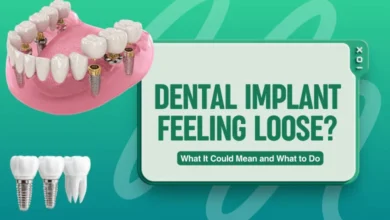False Beliefs Regarding Consumer Genomic Testing

Health care will continue to use genomic testing. More and more people are relying on medical tests outside the doctor’s office. Consumer genomic testing (CGT) refers to DNA tests offered or promoted immediately to customers for recreational, ancestry-related, or health-related reasons. In contrast to direct-to-consumer (DTC) testing, consumer-driven genetic testing may entail a physician or other medical specialist with an economic interest in the testing company.
For numerous decades, CGT has been a part of the biomedical landscape. How up-to-date is your knowledge of personal genomic testing for consumers? Do you assume that these tests are useful? We’ll dispel some common misunderstandings about consumer genomics to assist you in better understanding this testing.
Results are useless for medical decision-making.
The market for consumer genomics has seen a significant change in recent years. There’s a possibility that certain results could be just as dependable and instructive as clinician-ordered testing. DTC and consumer-driven genetic tests are two examples of this category. In vitro diagnostics, known as DTC testing, are controlled by the FDA.
Diagnostic labs receive orders for patient-centered testing from medical practitioners (often affiliated with the lab). Patients can get “clinical-grade” genetic testing from the same labs that doctors and other medical professionals use.
Ancestry testing provides no health information.
The most common type of DNA test is the ancestry one. There is one notable exception to the consensus that ancestry testing is either entertaining or important from a societal perspective. Ancestry companies will send their raw test data on variants to third-party platforms, providing advice on potential health risks.
Some genealogy businesses provide customers with health risk variants. If an opt-out option is employed, customers may not be aware that they would receive this data. Clinical laboratories that do confirmatory testing have an accuracy rate of only 40 percent. Confirmatory testing may help clarify patient risk if a third-party result is concerning.
You won’t need to deal with this
The electronic medical record (EMR) will have access to genetic information when more and more hospitals and medical practices combine to build large regional healthcare systems. Genomic research programs have been implemented by a substantial number of important health systems, which have also integrated phenotypic data with genomic test results (genotype).
An employee of your organization might be researching your patient; you can now use this knowledge to provide ongoing treatment and make recommendations for potential medical issues. Shortly, all providers may be required to incorporate genetic screening into their care techniques.
Patients are aware of the advantages and drawbacks of the test
Recognizing and managing health risks is a common theme on numerous websites. While they may be able to gain valuable health information, they may not be aware of the limits of the testing. Because only a few frequent variants are analyzed, a negative DTC test does not rule out hazards.
A higher residual risk exists for other populations because these differences were mostly studied in white European populations. It’s comforting to get a negative result from a consumer-driven test, but not all the genes linked to the condition may have been explored. If you or your patient are worried about a health issue, continue to use personal and family history and clinical examinations.





